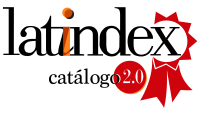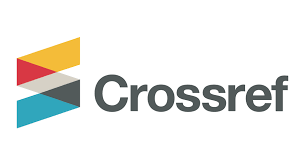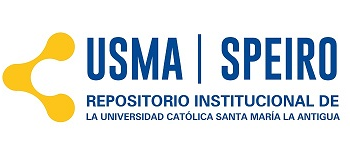Psychoemotional alterations associated to pediatric patients with epilepsy between 8 and 11 years of age at the José Domingo de Obaldía Maternal and Child Hospital
DOI:
https://doi.org/10.37387/ipc.v9i3.265Keywords:
epilepsy, children, anxiety, depression, self-esteemAbstract
The present study aimed to analyze the psychoemotional alterations in pediatric patients with epilepsy between 8 and 11 years of age at the José Domingo de Obaldía Maternal and Child Hospital. The research design was non-experimental, cross-sectional. The psychoemotional disorders studied were: anxiety, depression, self-esteem, quality of life, unconscious and behavioral emotional disturbances. Inclusion and exclusion criteria were established to select the sample. We worked with a total of 10 patients in an age range from 8 to 11 years old; eight male patients and two female patients. The collected information, semi-structured clinical interview, and the Pediatric Quality of Life Inventory Peds QL4 were applied to the parents. The children were given: semi-structured clinical interview, State-Trait Anxiety Self-Assessment Questionnaire in Children (STAIC), Depression Questionnaire for Children (CDS), Dr. Cardoze Self-Esteem Scale, Pediatric Quality of Life Inventory Peds QL4, and the Infant Apperception Test with animal figures (CAT-A). The results showed that pediatric patients with epilepsy presented a slight vulnerability to the development of psychoemotional disorders, the most relevant being anxiety and depressive symptoms and behavioral disorders. Their quality of life was not optimal. Their emotional, social, and school functioning were moderately affected—problems with managing emotions, sleeping, and social rejection. No clinical deterioration in the self-esteem of the patients was detected.
Downloads
Published
How to Cite
Issue
Section
License
Copyright (c) 2021 Investigación y Pensamiento Crítico

This work is licensed under a Creative Commons Attribution-NonCommercial-ShareAlike 4.0 International License.
1. The authors preserves the patrimonial rights (copyright) of the published works, and favors and allows their reuse.
2. The journal (and its contents) use Creative Commons licenses, specifically the CC BY NC SA type, where: "the beneficiary of the license has the right to copy, distribute, display and represent the work and make derivative works provided you acknowledge and cite the work in the manner specified by the author or licensor."
3. They can be copied, used, disseminated, transmitted and exhibited publicly, provided that: i) the authorship and the original source of its publication (magazine, publisher and URL, DOI of the work) are cited; ii) are not used for commercial purposes.
4. Conditions of self-archiving. Authors are encouraged to electronically disseminate the post-print versions (version evaluated and accepted for publication), as it favors their circulation and dissemination, increases their citation and reach among the academic community.











